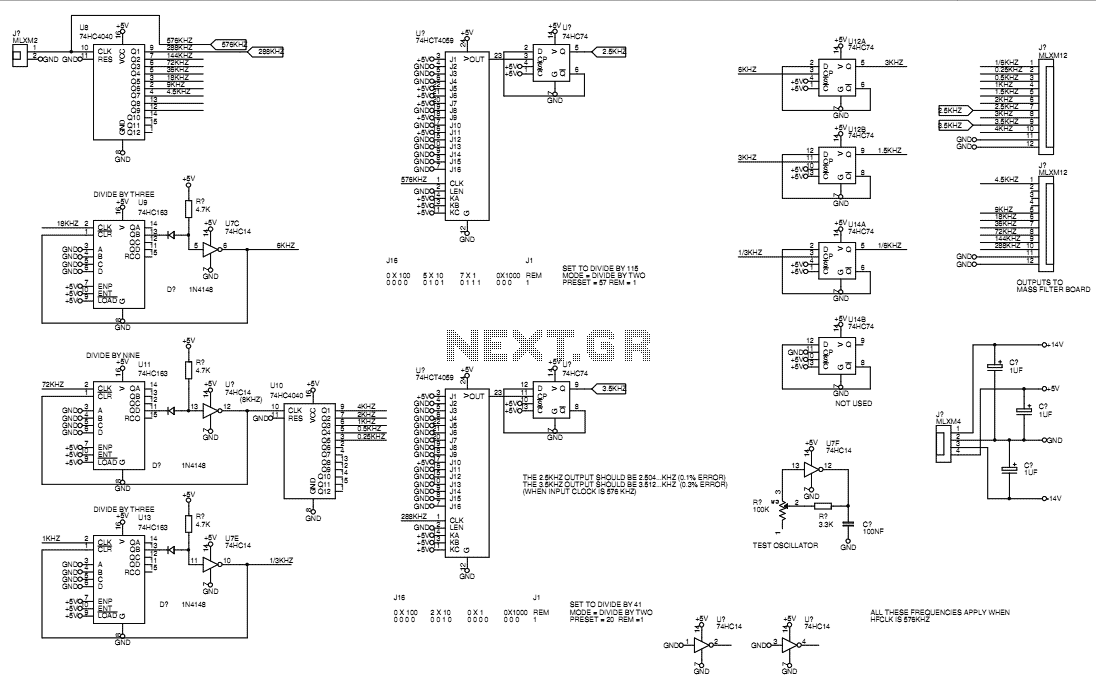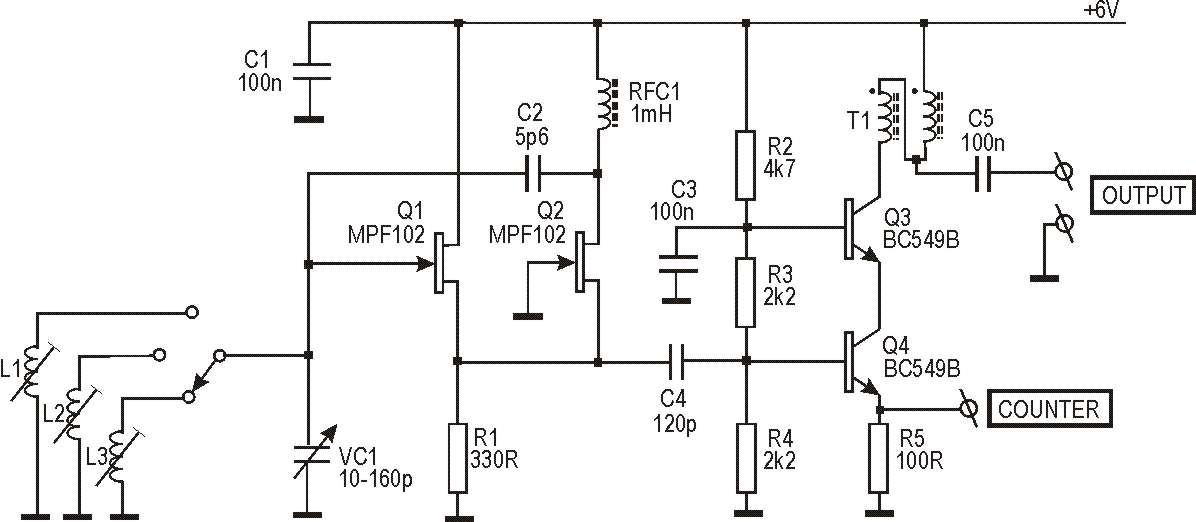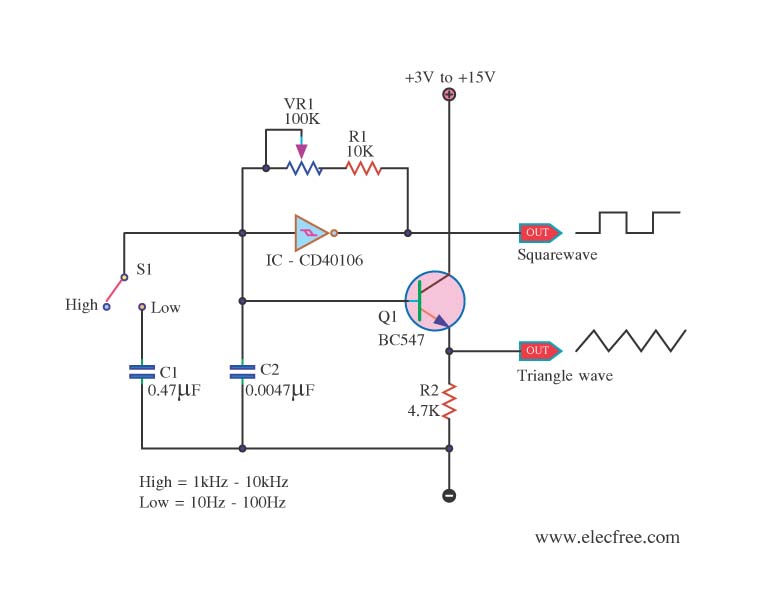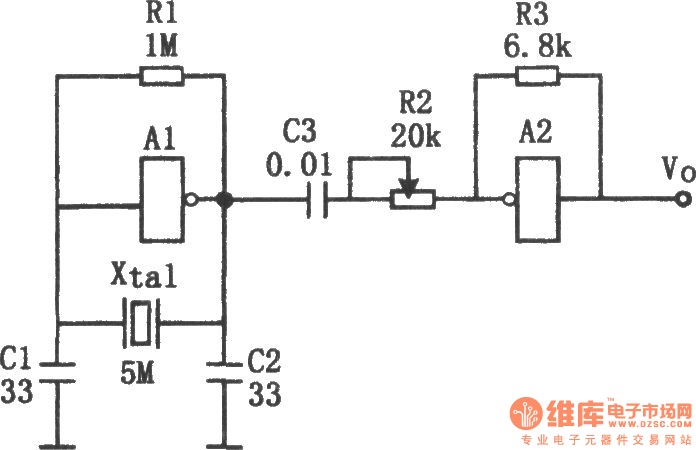
300 to 1500kW straight with a generator of Lightning
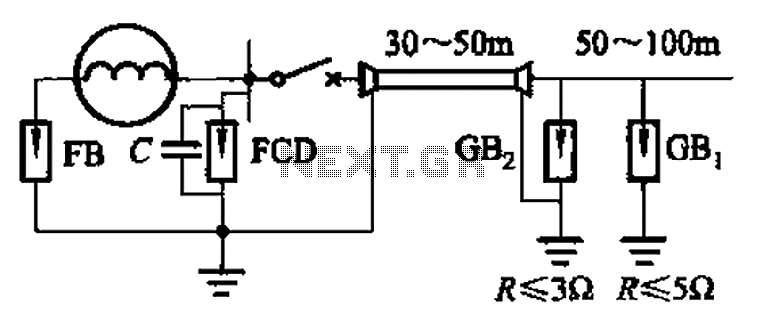
300 to 1500 kW direct distribution lightning generator designed for single capacities ranging from 300 kW to 1500 kW.
The lightning generator operates within a power range of 300 kW to 1500 kW, providing a direct distribution system that facilitates the generation of high-energy electrical discharges. This system is engineered for applications requiring significant energy output, such as testing electrical equipment, simulating lightning strikes, or conducting research in high-voltage phenomena.
The design typically includes a high-voltage transformer, control circuitry, and discharge electrodes. The high-voltage transformer steps up the input voltage to the required levels for generating the lightning effect. Control circuitry is responsible for regulating the timing and duration of the discharges, ensuring that the output can be tailored to specific requirements. Discharge electrodes are strategically positioned to create the desired electrical arc, effectively simulating the characteristics of natural lightning.
Safety features are crucial in such high-power systems. The generator should include protective measures such as circuit breakers, grounding systems, and isolation switches to prevent accidental discharges and to protect both the equipment and personnel. Additionally, monitoring systems may be integrated to provide real-time feedback on operational parameters, allowing for adjustments to be made during testing or operation.
Overall, the design and implementation of a 300 to 1500 kW direct distribution lightning generator require careful consideration of electrical engineering principles, safety protocols, and application-specific requirements to ensure reliable and effective performance.300 ~ 1500kW direct distribution of Lightning generator for single capacity 300-1500kW straight with the generator of Lightning FIG. 300 to 1500kW straight with a generator of Lightning
The lightning generator operates within a power range of 300 kW to 1500 kW, providing a direct distribution system that facilitates the generation of high-energy electrical discharges. This system is engineered for applications requiring significant energy output, such as testing electrical equipment, simulating lightning strikes, or conducting research in high-voltage phenomena.
The design typically includes a high-voltage transformer, control circuitry, and discharge electrodes. The high-voltage transformer steps up the input voltage to the required levels for generating the lightning effect. Control circuitry is responsible for regulating the timing and duration of the discharges, ensuring that the output can be tailored to specific requirements. Discharge electrodes are strategically positioned to create the desired electrical arc, effectively simulating the characteristics of natural lightning.
Safety features are crucial in such high-power systems. The generator should include protective measures such as circuit breakers, grounding systems, and isolation switches to prevent accidental discharges and to protect both the equipment and personnel. Additionally, monitoring systems may be integrated to provide real-time feedback on operational parameters, allowing for adjustments to be made during testing or operation.
Overall, the design and implementation of a 300 to 1500 kW direct distribution lightning generator require careful consideration of electrical engineering principles, safety protocols, and application-specific requirements to ensure reliable and effective performance.300 ~ 1500kW direct distribution of Lightning generator for single capacity 300-1500kW straight with the generator of Lightning FIG. 300 to 1500kW straight with a generator of Lightning

